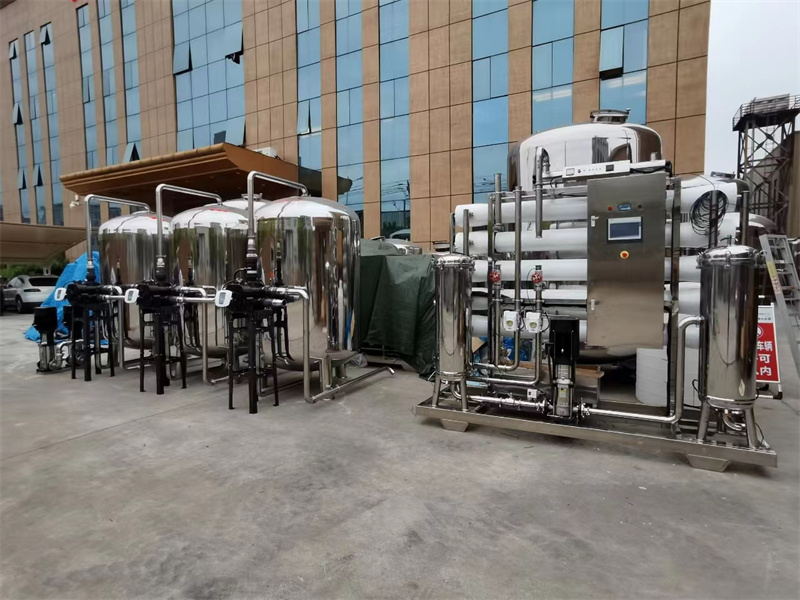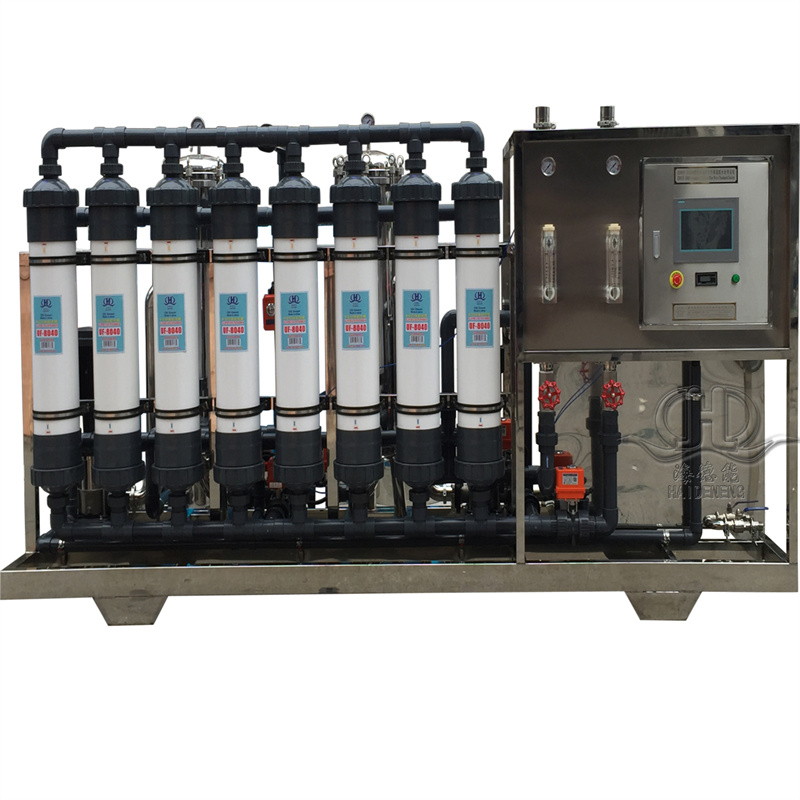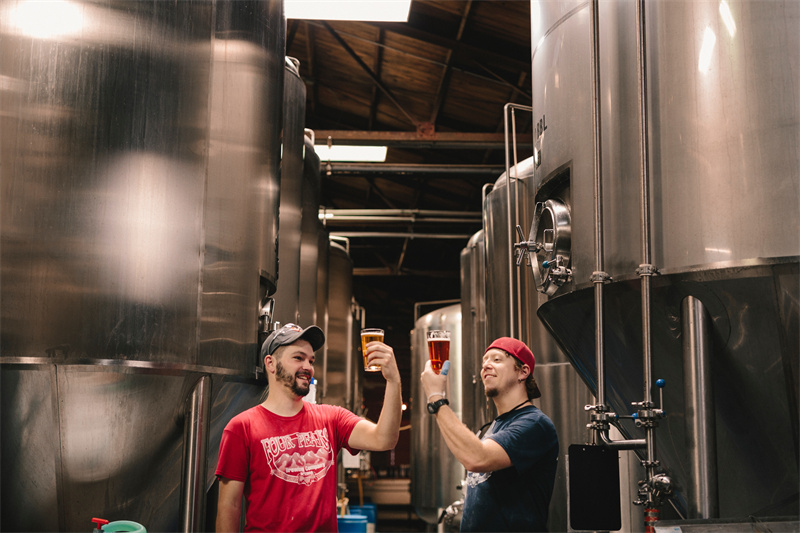Reverse osmosis pure water equipment has been used extensively in the food and beverage industry to produce high-quality water for different applications. This equipment is designed to purify water by removing impurities, salts, and other minerals through a semi-permeable membrane. In this article, we will discuss the background, principle, advantages, characteristics, steps, application, and trends of reverse osmosis pure water equipment used in the food and beverage industry.
Background
Reverse osmosis pure water equipment has gained significant popularity over the past few decades, especially in the food and beverage industry. The need for high-quality water in food and beverage processing is crucial. The quality of water used in food and beverage processing has a direct impact on the quality, flavor, and shelf life of the final product. Therefore, reverse osmosis pure water equipment has become an essential component of many food and beverage processing plants.

Principle and Advantages
The principle of reverse osmosis pure water equipment is based on the fact that water molecules can pass through a semi-permeable membrane, whereas ions and other impurities cannot. The reverse osmosis process involves pushing water molecules through a semi-permeable membrane, which removes impurities, salts, and other minerals from the water, leaving only pure water.
The advantages of reverse osmosis pure water equipment are many. Firstly, it provides a consistent and reliable source of high-quality water for different applications. Secondly, it eliminates the need for chemicals and other treatments, which can be harmful to the environment. Thirdly, it reduces operating costs by minimizing the amount of water used in the process. Lastly, it improves the overall quality and taste of the final product by reducing impurities and minerals in the water.

Characteristics
Reverse osmosis pure water equipment has several characteristics that make it an ideal choice for the food and beverage industry. Firstly, it is easy to install and operate, which makes it perfect for small and large-scale processing plants. Secondly, it is durable and requires minimal maintenance, reducing downtime and increasing efficiency. Thirdly, it is cost-effective, with low operating costs and a long lifespan. Lastly, it is adaptable and can be customized to meet specific water quality requirements.
Steps
The reverse osmosis process involves several steps, including pre-treatment, membrane filtration, post-treatment, and disinfection. Pre-treatment involves removing large particles, solids, and organic matter from the water. Membrane filtration eliminates impurities, salts, and other minerals by pushing water molecules through a semi-permeable membrane. Post-treatment involves adding minerals and other components to the water to achieve the desired water quality. Disinfection involves adding chemicals to kill any remaining bacteria and viruses in the water.
Application
Reverse osmosis pure water equipment is used in the food and beverage industry to produce different types of water, including pure water, distilled water, mineralized water, natural water, and mineral water. Pure water is used in food and beverage processing, while distilled water is used in specialized applications such as brewing and distilling. Mineralized water is used in the production of bottled water, while natural water is used in the production of beer and other beverages. Mineral water is used in the production of high-quality bottled water.

Trends
The food and beverage industry is constantly evolving, and the demand for high-quality water is increasing. Reverse osmosis pure water equipment is becoming more sophisticated, with advances in technology and automation. There is also a trend towards more sustainable and environmentally-friendly processes, with a focus on reducing waste and using renewable energy sources. The use of reverse osmosis pure water equipment is expected to grow in the coming years, as more processing plants look for reliable and efficient water purification solutions.
In Conclusion
Reverse osmosis pure water equipment is a critical component of the food and beverage industry. It provides a reliable, consistent source of high-quality water for different applications. With its many advantages, characteristics, and applications, it is expected to continue playing a significant role in the food and beverage industry in the coming years.

